REASONS REBRAND toTO REBRAND REBRAND REASONS TO





IN LIFE, EVERY NOW AND THEN YOU WANT A REDO—WHETHER THAT’S A SECOND ATTEMPT AT A SELFIE, ANOTHER SWING AT THE TEE, A NEW HAIRCUT OR A FRESH COAT OF PAINT. IT MAKES YOU FEEL GOOD TO BE ABLE TO TRY SOMETHING AGAIN OR CHANGE SOMETHING UP.


When it comes to business, though, redoing anything is often met with resistance because it’s too overwhelming, scary, costly or the benefits aren’t immediately apparent. That’s even more true when it comes to something major, like your brand.
But rebranding doesn’t have to be terrifying. In fact, it can be a fun process for your organization to undergo. Plus, it can have major ROI, since the main reason for revisiting and refining your brand is to make sure it’s adding value or increasing the chances of your organization’s success.

Want to know if it’s a good time for your brand to take on this challenge? Find out if you fall into one of the next ten categories.
(Hint: there’s probably a good chance you do.)

INTERNAL CONFUSION LEADS TO EXTERNAL CONFUSION. AND FOR CUSTOMERS, EVEN A WHIFF OF EITHER IS A BIG TURN-OFF.
What happens when you ask your team what makes your brand unique? If their answers don’t sound like they’re on the same page— or even reading from the same script—your customers won’t be able to articulate your brand diferentiators either.
Despite your first instinct, this issue isn’t departmental. It isn’t a training and onboarding problem. It can’t be fixed by giving employees a script to memorize. In our experience, it’s rooted in the brand. Sometimes, a disorganized brand looks like employees saying a lot of nice things, but not the same nice things. Other times, those “nice things” aren’t supported by end-users’ real-life experiences. And oftentimes, a brand is trying to say too much to too many people—which is a slippery slope to saying and being “nothing special.”
So, how do you make sense of the mess and find a unified brand message? The first step is to determine what sets you apart and reorient your brand around a few key points. Figure out a small handful of things that you do best—and let that narrow focus lead the way.
Still wondering where to put a stake in the ground? Ironically, your internal stakeholders aren’t always the best judges of what makes your brand stand out, mainly because they have a limited perspective. Many see the brand as a tactic or marketing tool, while others don’t realize how the brand impacts their areas of responsibility. Instead, don’t be afraid to tap into the collective wisdom of your brand advocates. The people who know, love and interact with your brand day after day, year after year usually know exactly what makes your brand special— and they aren’t afraid to tell you, their mom, their sister and everyone else they know. (And that’s a good thing!)



MAKE SENSE OF THE MESS AND FIND A UNIFIED BRAND MESSAGE.

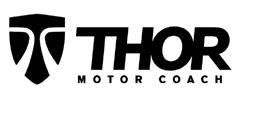
the Thor Motor Coach rebranding began with research. We interviewed internal audiences—employees, leadership and decision-makers—and also interviewed customers and motor coach owners. Internal audiences talked a lot about quality. On the flipside, external audiences and end-users didn’t talk as much about quality, but focused on Thor’s wide array of floorplans and options.
With that in mind, our brand strategy pivoted to match the customer experience. We crafted brand messaging and assets that celebrated Thor’s strengths instead of drawing attention to their perceived weakness. And to ensure everyone was on the same page, our internal brand launch helped employees rally around the new positioning.

Nº2

DO YOU HAVE SOMETHING BIG IN YOUR FUTURE?
A shiny new product? A sparkling process? An extra-special service? A headline-worthy accomplishment? If so, you might be primed for a new brand.
Launching a product or service—or rolling out the expansion of one—is the perfect time to scrutinize your brand and see how the debut fits into the overall picture. Why? Because the launch may be the “main event.” But once the big moment has passed, your brand is the content. It’s what customers will (or won’t) stick around for.
We get it. It’s easy to fall into the “if you build it, they will come” mindset. After all, you’ve worked hard on this! You know how amazing it is! Surely everyone will be just as jazzed! But when you take a few steps back, you realize that for every “cool thing” you have to ofer, there are a dozen competitors ofering something similar (or so they claim). And a launch event or press release isn’t enough to keep brands from getting lost in the hustle and bustle of people’s daily lives.
On top of that, the addition of something new often shakes up the brand architecture. Does your new product or service have its own identity or live under the umbrella of your primary brand?

Will it take its place in the market alongside some of your other oferings or stand apart? Does it complement your other products or ofer an alternative to them? Will it replace a product or service that you previously ofered, or compete against something else in the marketplace? And no matter how you answer these questions, what do you want customers to know about it?
“Brand architecture” describes the relationship between your primary brand and any of the other brands in your portfolio, including your subbrands, secondary brands and the brands of your individual products and services. Understanding your brand architecture provides a clear roadmap for expansion and evolution, especially as you add, remove or alter your oferings. And sometimes, the introduction of a new product or service is the perfect time to examine this structure—and tweak the details that no longer make sense.


ONCE THE BIG MOMENT HAS PASSED, YOUR BRAND IS THE CONTENT.
A strong brand helps you articulate your value proposition. It attracts the right audiences and earns loyal customers. It ensures sustainable, long-term success. And it eliminates confusion, both internally and in the marketplace. Change can be a lot to handle, even when it’s positive. But an organized, well-communicated brand gives any launch a little extra “oomph.”
For Brookside Labs, business growth was almost entirely dependent on adding consultants to their existing network. But before they could expand, promote or invest in the consultant network, it needed a name—and a brand, logo and messaging to match. We developed all of the above and Amplify was born. By taking time to give Amplify its own brand, Brookside Labs elevated their marketing strategy and brought clarity and consistency to their consultant recruitment eforts.

REASON Nº3

SO, YOU HAVE A BIG CAMPAIGN IN THE WORKS.
You’re plugging away—spending hours figuring out the media mix, the message points, customer preferences, impressions, clicks and all the rest. You’re thinking about what you want your audience to do. But more importantly, you’re thinking about how you want them to feel.
If you’ve gotten that far, you’re not just planning a campaign. You’re shaping your customers’ brand journeys, which means you’re already thinking about branding, whether you realize it or not.
If you’re planning a big campaign, don’t put the cart before the horse. Before you embark on a huge ad spend, make sure you have something meaningful to say—and a reason for customers to stay—by dialing in your branding. Branding unifies your eforts and makes them more powerful. It makes sure that the promises you make in an ad will match the customer experience. And it ensures consistency and clarity in every communication.
When you begin crafting an ad campaign, there are so many questions to answer. Who, precisely, is your target market? What, exactly, are they looking for? How do people currently feel about your brand? Where do they buy or interact with your products and services? How could their experiences be improved? A comprehensive branding tune-up or revamp answers all of these questions and more. It sets your ad campaign up for success by targeting the right people and with the right message—and missing everyone else.
If you don’t have clear, consistent brand strategy holding your messages together and woven throughout your marketing mix, you’re not likely to achieve the repetition needed to make your message stick in people’s minds. That’s because no matter how clever, beautiful, hilarious or expensive your ad campaign is, it won’t move the dial or earn the click by magic. Action happens when you make a real, authentic connection. And connection happens when you build a brand that reflects who you—and your customers—really are.


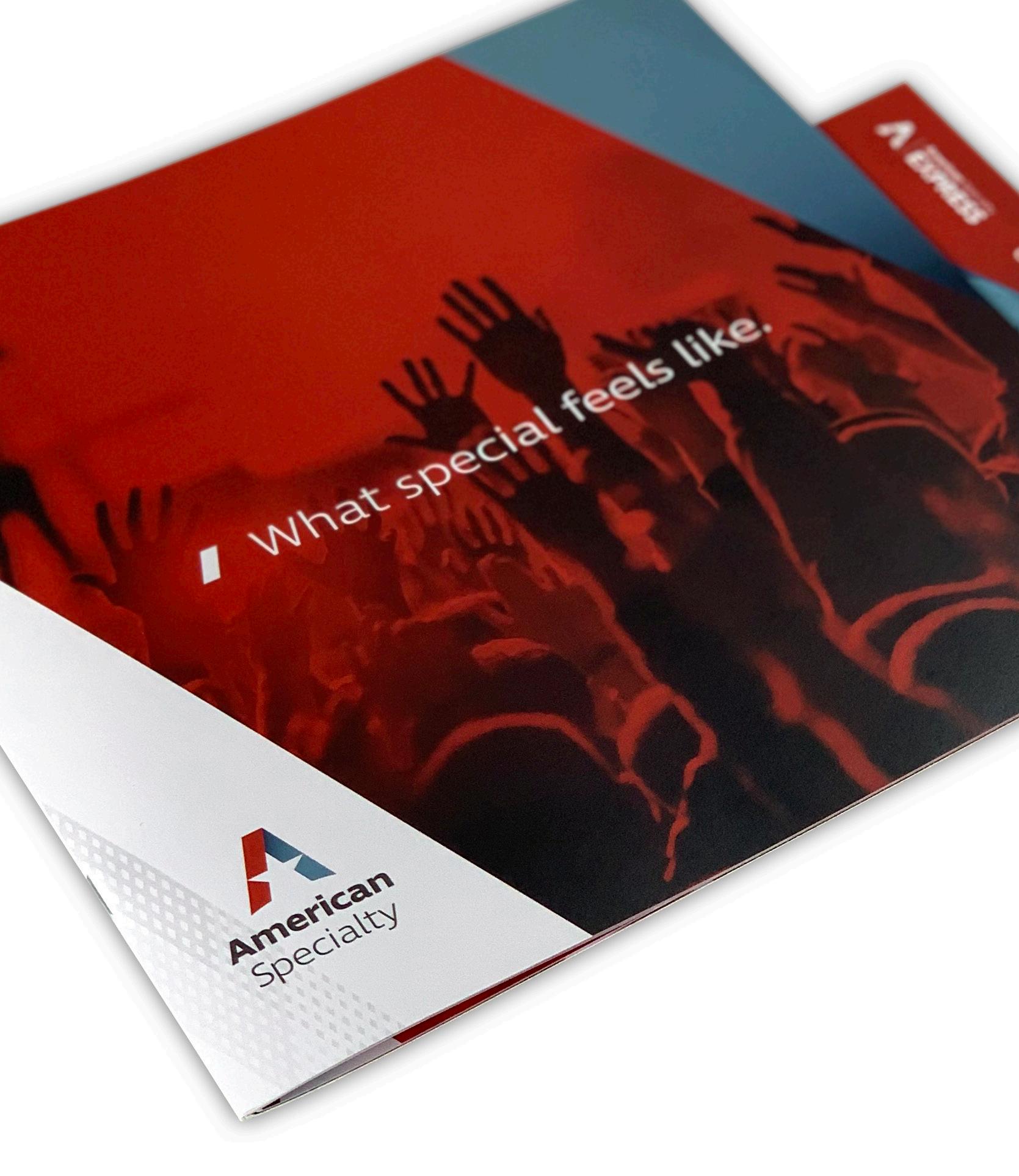
us with a request: could we help them craft assets for a big advertising campaign? We said, “absolutely!” And then we dug into the details. In doing so, we realized they had a great story—but hadn’t spent time thinking about how they would tell it. With that in mind, we went back to them with a follow-up request. Before we both spent precious time and money on ads, could we help them frame up their brand?

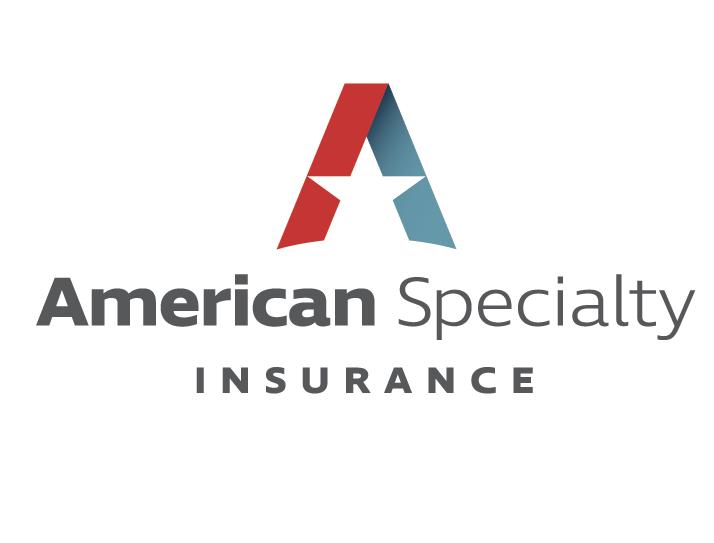

We presented the evidence, made our case, and they agreed. Besides building messaging that better communicated their value proposition, we also gave their visual assets a long-overdue update. The new brand better reflected their expertise and the customer experience, which meant that when we did create ads (because we never forgot the initial request) they had something to say— and they said it with conviction.
REASON Nº4

THINK BACK TO WHEN YOUR COMPANY FIRST STARTED.
If your revenue has multiplied many times over, you’ve changed the type of products or services you ofer, or the demographics of your key audiences have changed—your brand identity might be due for an upgrade. Your brand should both reflect who you are and appeal to the type of customers you’d like to have. Odds are good that if either your company or your customers have changed, your brand should, too.
Ultimately, your brand is your first impression. An outdated brand can communicate or imply much more than you intend—and the message it sends may not be a favorable one.
In our experience, there are two ways that an outdated brand can become out of touch. The first is visual. If your brand hasn’t grown to meet the aesthetic or functional needs of a modern audience, it can look like it doesn’t reflect the caliber of your company’s current success. The second is in messaging. As organizations grow and evolve, their value proposition does, too—often adapting to the needs and demands of the market. But if you haven’t taken time to examine your brand messaging, it may no longer
reflect your current diferentiators or resonate with your audiences. Things that were seen as unique selling points a decade ago may now be commonplace. Or your company’s strengths may have moved from measurable, tangible benefits toward more emotional ones.
The good news is—a rebrand doesn’t mean starting from scratch, completely reinventing who you are, or throwing out the brand equity and recognition you’ve built over the years. Oftentimes, it means refreshing elements so that they’re still easily recognizable but reflect a modern, updated aesthetic and voice.
The world is full of companies whose early brands no longer match their modern images. IBM was once a hardware company. Google used to be a search engine—and not much more. UPS was known for shipping long before building their logistics prowess. The world changes, and so do the brands that reflect and define them. Evolution is unavoidable. But hey, it’s also exciting! When you embrace the change instead of fighting it, you can build a brand that grows with you instead of getting stuck in a rut.


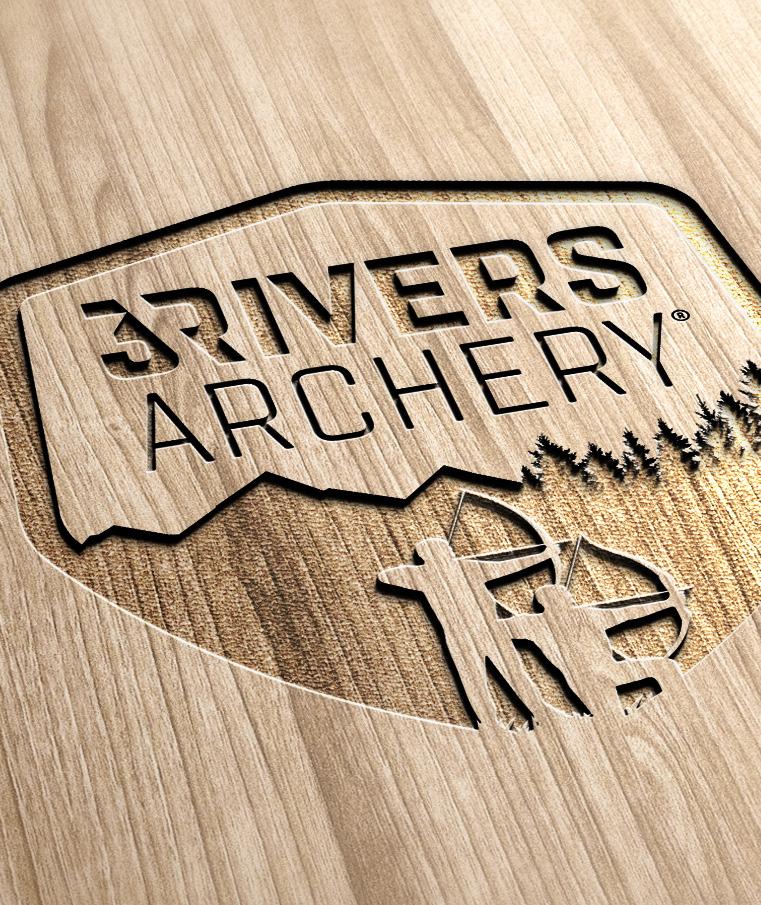
What happens when a mom-and-pop shop suddenly becomes a nationwide resource?
Just ask 3Rivers Archery. The small, independent retailer had spent decades selling within a very narrow niche: traditional archery supplies. And traditional archery wasn’t really on the public radar until a little movie called “Hunger Games” and a penchant for all things medieval started seeping into the pop culture zeitgeist.


The public fascination led to an increase of traditional archery hobbyists, and that gave the little northern Indiana shop a lot more web trafc. Their rapid, unexpected growth left their brand lagging behind, so they turned to Big. We gave them a brand that brought them into the digital era, matched their reputation and reflected their heritage. Because sometimes, what’s old is new again—and a strong brand can celebrate the past while still looking to the future.

M&AS ARE COMPLEX. THERE’S SO MUCH TO THINK ABOUT: OPERATIONS, SALES CHANNELS, HR, NOT TO MENTION ALL THE LEGAL STUFF.
Because of that, the brand is often last on the list. It gets shortchanged in the scramble to get everything else figured out. And that equates to one massive missed opportunity. Focusing on the brand at this time is strategically the best way to define the new organization, calm nerves and get things started on the right foot.
No matter how culturally similar two companies are, a merger or acquisition always shakes up or expands or complicates their respective value propositions. How could it not? You’re combining two things into one. And questions are bound to follow. Stakeholders ask about the strategic advantages. Employees want to know how their roles will be afected. Customers wonder if they can still rely on their trusted and familiar products and services. If you don’t take time to craft a narrative around the change, one will be written for you (and it’s not likely to be entirely favorable). Think about branding as a way to answer these questions and provide clear, consistent messaging to all the afected parties. A well-articulated brand expresses the nature of the new relationship and lays out a vision for how things will be
moving forward. As a result, both internal and external audiences will breathe a little easier knowing what the transition is all about.

As an added bonus, the brand refresh encourages greater engagement since it lets your employees and stakeholders play an active role in the process. By turning your internal audiences into brand ambassadors, they can help shape the company culture moving forward—and help the brand realize its greatest potential.
Think about it this way: M&As are like merging families. Imagine if you got the marriage certificate, booked the venue, and hired the DJ, but didn’t give much thought to what you wanted your life as a couple to be like after “I do.” Post-honeymoon, you’d probably be looking at each other thinking, “now what?” Don’t let that happen to you! Yes, the contracts need to be signed and the operational details need to be ironed out and the financing needs to be approved, but that will all go to waste—or at least be much less efective—if you don’t have a brand that unites and expresses the new organization.
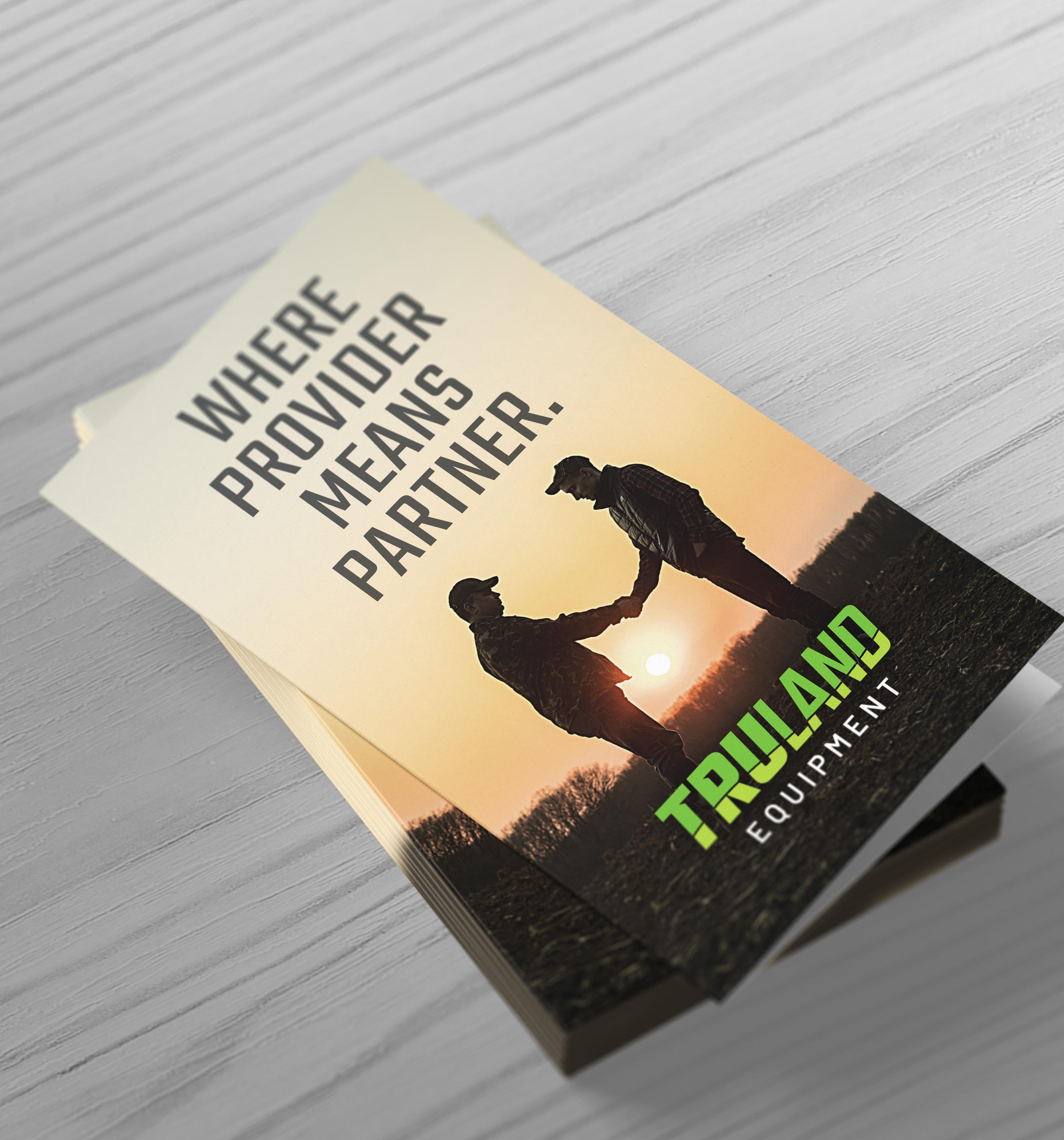
RELATIONSHIP AND LAYS OUT A VISION FOR THE FUTURE.

either side, we took the time to analyze the attributes that made each company who it was. Then, we found the common elements that linked them together. This allowed the new visual and messaging elements to reflect the joint venture’s roots.

THIS SOUNDS OBVIOUS, RIGHT? YOU KNOW YOU NEED A BRAND WHEN YOU’RE BRAND NEW.
But before you go hiring your nephew’s best friend’s girlfriend to design your logo and letterhead, hear us out: Launching a brand is a lot more than just unveiling a new name and look. It requires curating customer experiences and making connections that give you a strong footing in a new, crowded, unfamiliar and (often) complicated marketplace.
Before you ofcially launch your brand, you’ve probably mostly pitched your product or service to people you already know. You’ve been able to create first impressions based almost entirely on face-to-face, wordof-mouth connections. But when you take your brand to the outside world you won’t have the advantage of personal touchpoints. With strangers, you’ll have to rely on marketing to look your best. And successful marketing requires strategic insight.
Your audiences have diferent lived experiences than you do. To reach them and stay relevant, you need to discover what matters to them. You need to find targeted, engaging ways to tell your story. You need to prove to them that you have something unique to ofer. And because time is valuable and modern attention spans are stretched thin, you need to communicate it all in the most succinct way— without compromising the most compelling aspects of your brand positioning.
Doing that legwork and learning those key points forms the foundation to your brand. Then, it’s coupled with a beautiful logo and website, or whatever else you need. All of this is the work of a full-service branding firm. No ofense to Shannon (your nephew’s best friend’s girlfriend), but we’ve been doing this for a long time, and we know when you create a brand carefully, thoughtfully and intentionally, brand awareness follows and brand loyalty can begin.



IS A LOT MORE THAN JUST UNVEILING A NEW NAME AND LOOK.
In the case of Carnegie Private Wealth, we worked with veterans from the financial services industry who were venturing out on their own. Because of their experience, they knew what they didn’t want—the tired and generic-looking brands used in so much of the market, especially the large, well known companies. They even had a feel for what they wanted, but they couldn’t quite put it in words. With our help, we realized the essence of this new firm was credibility with a friendly, warm, approachable touch. That was captured in the visuals and messaging and we executed by portraying their brand story in every touch point. The real success was knowing that this “newbie” brand could sit alongside any of the granddaddy brands and feel just as legitimate…and way more cool.


NOW, YOU MAY NOT THINK YOUR ORGANIZATION IS IN BAD SHAPE, BUT LET US OFFER SOME SYMPTOMS FOR WHAT WE’RE TALKING ABOUT.
Do you have inconsistent use of graphic elements, like your logo, color palette or typography? Have you noticed your imagery or photography difer drastically from one tactic to another? Does your messaging drift in tone, voice, content or format? Are you chasing trends or telling stories based on personal preference and experience instead of brand attributes? Is there a lack of brand architecture, meaning your lead brands and sub-brands are all messed up? Is there no oversight and field ofces, reps or franchisees are taking over? Well, if you answered yes to any of these questions, then yeah, you have a bit of a dumpster fire on your hands.
What it really means is there’s a breakdown in the brand. This loss of control costs your company money, because every inconsistency is a point of friction in the customer journey. When you have multiple divisions or departments without “connective tissue,” you’re missing out on the power of a collective brand voice—and you’re losing opportunities to cross-sell and expand your reach.
But external perceptions may not be the only problem on your hands. If it’s been several years since you examined your brand, you might find that what was once a unified, consistent identity has become a hodge-podge—an eclectic collection of elements cobbled together over the years, both out of necessity and because of a lack of oversight. We’ve seen dozens of internal teams create an unintentional “wild west” of branding elements serving as Band-aids for an aging brand.
If your organization has reached this point, then there’s a real missed opportunity as well: your brand should be driving business strategy. If your assets aren’t actively propelling your strategy forward, then more than likely they’re constantly playing catch up. And that’s not a formula for any type of momentum that will get you to the next stage of growth.
But no brand is a lost cause. No matter how hopeless it may feel to reunite your org, it can be done—and we’ve done it. Going through a rebranding will allow you to sift through all the elements to see what’s working and what’s not, realign all the parts that have become separated, and get that train back on track.


BECAUSE EVERY INCONSISTENCY IS A FRICTION POINT IN THE CUSTOMER JOURNEY.
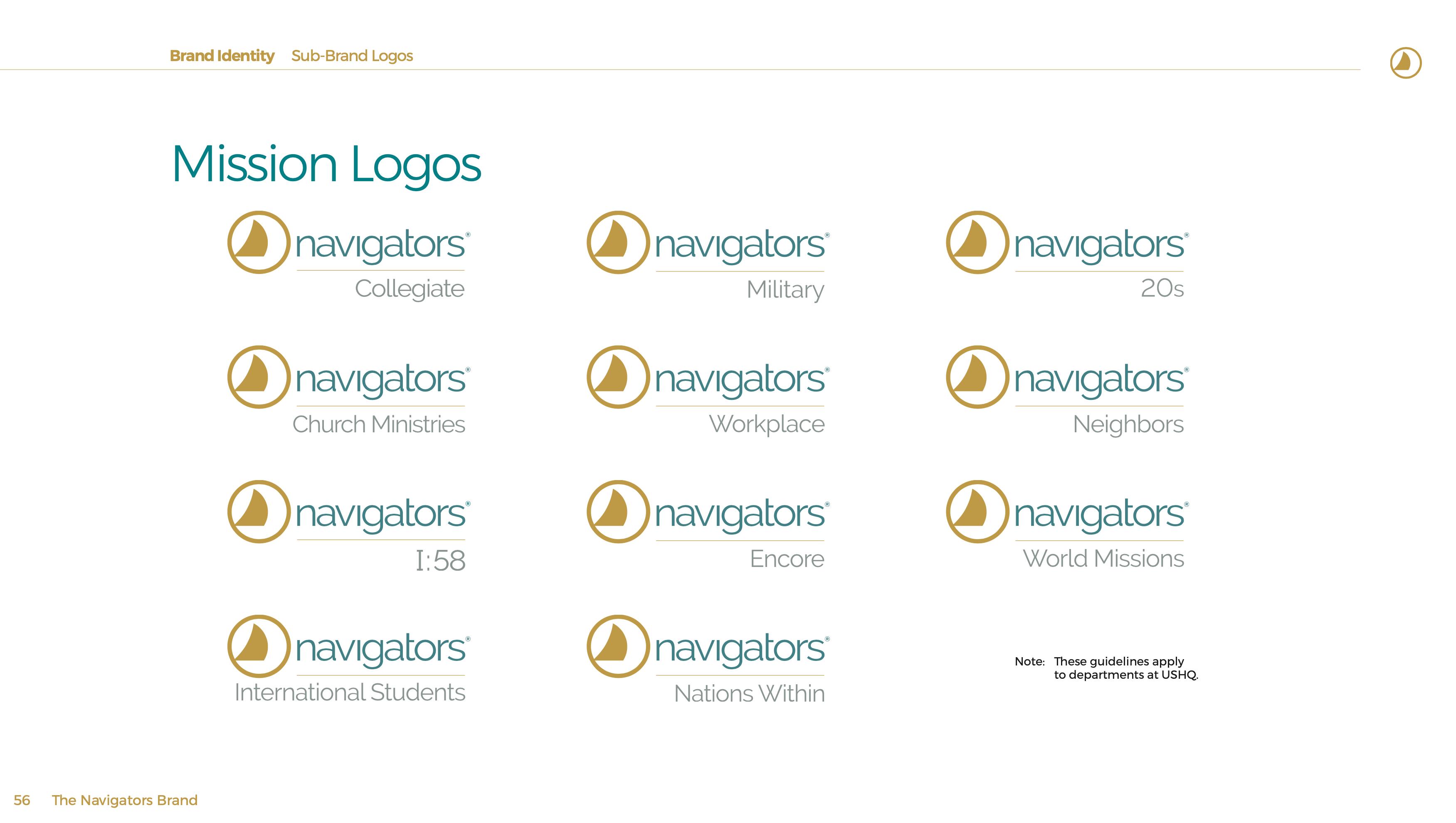
Sometimes a scrambled brand is an indicator that things are working—in a sense. That was the case with The Navigators. This faith-based not-for-profit had been advancing its mission for almost a century and had experienced tremendous expansion within the organization. But because of that growth, the branding got muddled—meaning the messaging was nowhere near as efective as it could have been.
We helped them clean house by creating a solid brand architecture that still allowed each branch, subgroup and chapter to have some autonomy within that framework. And the stakeholders noticed something interesting and maybe even a little counterintuitive: reining in those disparate entities didn’t restrict the subgroups. It actually gave them more freedom and the confidence to do their best work.

“SET IT AND FORGET IT” DOESN’T WORK.
You don’t do that with your equipment, facilities, or sales channels. So why do it with your brand? Whether it’s a conscious choice or just because time has slipped by without you realizing it, it’s good practice to evaluate your brand every five to eight years. Why? Because no matter how “hip” your logo was when it was created, the marketplace is always changing and evolving. Generational diferences impact demand. Technology like phones and computers changes the way graphics are displayed. Major cultural events shake up behaviors and public perceptions. And your customer base—or your most valuable diferentiators—may have shifted gradually over time.
If it’s been a long time since you’ve revisited your brand, odds are good that something needs to be addressed—or one of the other
“reasons to rebrand” is at play. It could be that the messaging needs a second look. By refining it a bit, you can better match the marketplace, your consumers’ mindset and opportunities. With design elements, you want to make sure they remain relevant and reinforce what you’re saying in the messaging.
Luckily, a branding refresh doesn’t need to be a major overhaul. Small course corrections can keep a brand vibrant, functional and appealing to audiences. In fact, some of these subtle tweaks may not even be noticed by the average consumer. But the longer you wait to make changes, the more significant they’ll become. The best course of action is to always stay on top of your brand so that when you do implement revisions, it can be an evolution, not a revolution.


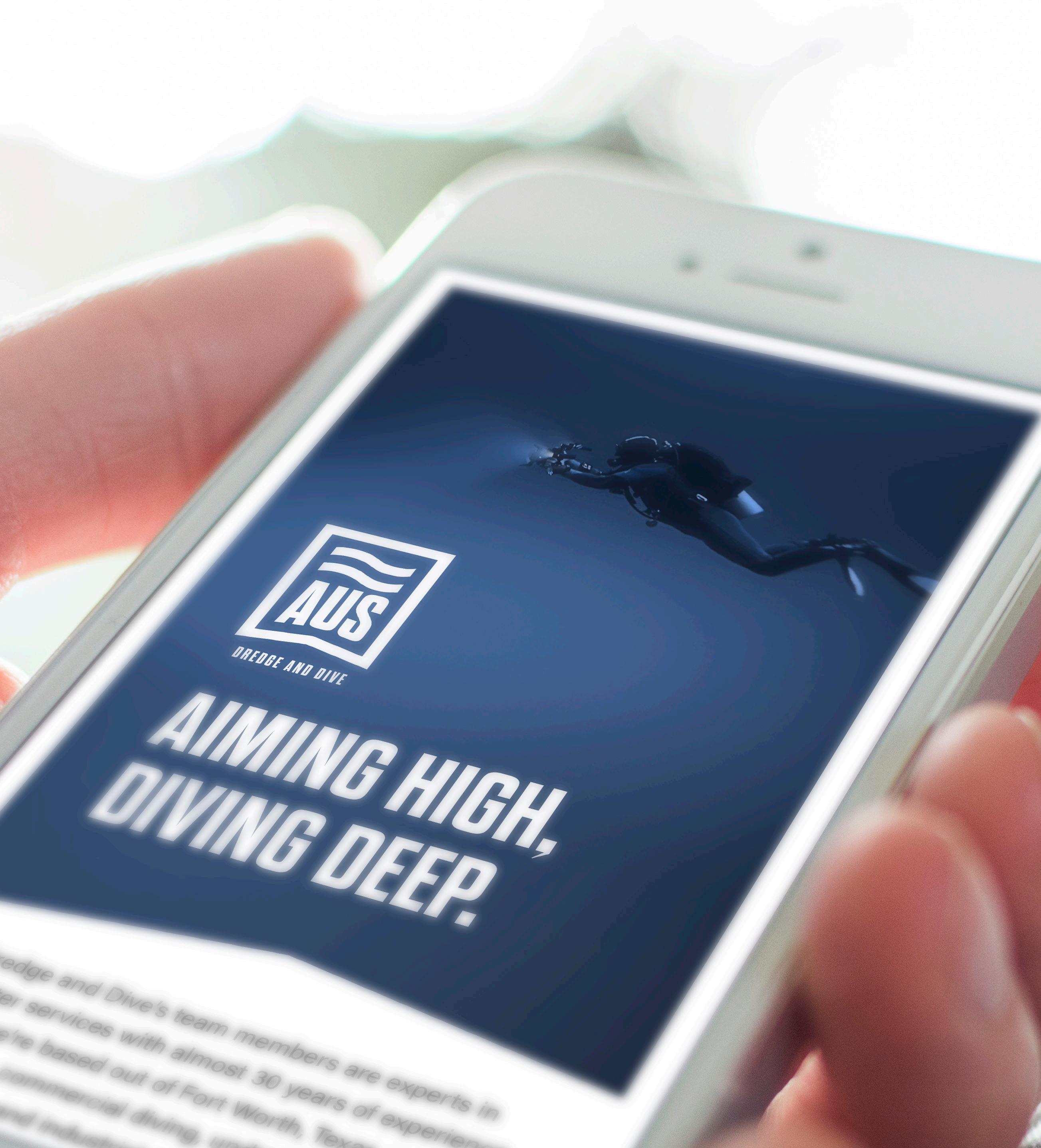
MAKE IT AN EVOLUTION, NOT A REVOLUTION.
American Underwater Services was experiencing sustained growth and momentum. Overshadowed by the demands of sustained success, the original brand became dated and no longer accurately represented the highlevel innovation and service the company had become known for.
Exhaustive research and analysis led us to a strategic, visual and verbal brand identity that aligned seamlessly with their hard-earned reputation as an industry leader.


Nº9

AS SOON AS WE FINISHED OUR EIGHT REASONS SERIES, WE REALIZED THERE ARE SO MANY REASONS, WE COULDN’T JUST STOP AT EIGHT. BUT WE WILL STOP AT 10 (PROBABLY). READY FOR NUMBER NINE?
Promotions happen. People retire. Companies reorganize their structure. And inevitably, leadership changes. When someone new comes along to take the reins, everything from the vision, mission, culture and focus of the company might be changed. As we’ve said many times, your brand should match all of these elements. So when a new leader steps in, it’s time for a rebrand.
A new boss usually at least tweaks the mission and vision of a company, if not changing it completely. Sometimes they’re even brought in specifically for that purpose! A rebrand can be used as a vessel for this new chapter—announcing to their audiences old and new what they’re all about and where they’re headed.
Many leaders want to leave their own unique mark on the company once they take over. A rebrand is a great place to start. A fresh perspective can see the brand for what it really is, and with BIG, a rebrand will help express that realness uniquely and efectively. A change in leadership combined with a rebrand can really inspire and unite a company as it enters a new era—and engages with audiences on a whole new level.
Van Wert Federal Savings Bank was ready to grow, grow, grow. Their new president, Mike Cahill, took a look at every aspect of the business with fresh eyes—including the brand—and knew they needed to change things up. After deciding to expand to Fort Wayne, the bank reached out to BIG so we could help them rebrand in a way that reflected both of their markets and their inspirational growth mindset.



After extensive brainstorming and collaboration, we gave the bank a growthoriented name, GreenWay Bank, and a matching tagline, “Way to Grow.” We also delivered in-depth messaging and an updated logo and visuals. To modernize the brand’s traditional look and capture its future-focused approach, we provided brighter shades that updated their existing palette. Additionally, we evolved their star-shaped avatar to honor their history while looking ahead. Now, GreenWay Bank’s brand reflects both its successful past and its promising future.


ANNIVERSARIES ARE A GREAT TIME TO REMIND YOUR EMPLOYEES AND YOUR AUDIENCES OF ALL THE AMAZING THINGS YOU’VE ACCOMPLISHED OVER THE YEARS.
They’re also an important time to remind everyone where you’re headed. Let them know you’re nowhere near the end. And at the very least, an anniversary can serve as a good reminder that your brand is in desperate need of a refresh.
You might find yourself at your 30-year anniversary and realize you accidentally waited the same amount of years to rebrand. It’s time, friend. Think about how much the world has changed in just 10 years, or even five. Your brand should evolve, too—staying true to who you are but always being relevant and in touch with your clients’ lives.
An anniversary rebrand is also a great time to share your history. For the clients that have been with you from the beginning, it’s a fun reminder and reconnects their heart to your brand. For new clients, it provides insight into your brand, your capabilities and your unique journey.
But a rebrand isn’t just about the past, even when it’s for an anniversary. A rebrand should give a clear picture of your goals, vision and mission. It should inspire your clients to stick with you and keep them on the edge of their seats as they wait to see what’s next. There’s always a way to honor the past while still moving forward. An anniversary rebrand is the perfect opportunity to do both.
As Dallas Theological Seminary approached its 100th anniversary, its team began to look back on a century of success—and look ahead toward what they hoped to be another century of the same. When considering possible steps toward this kind of future, the seminary saw an opportunity to refresh its legacy brand to ensure it reflected the DTS story. So, the Big team dove into our research-driven branding process with DTS.


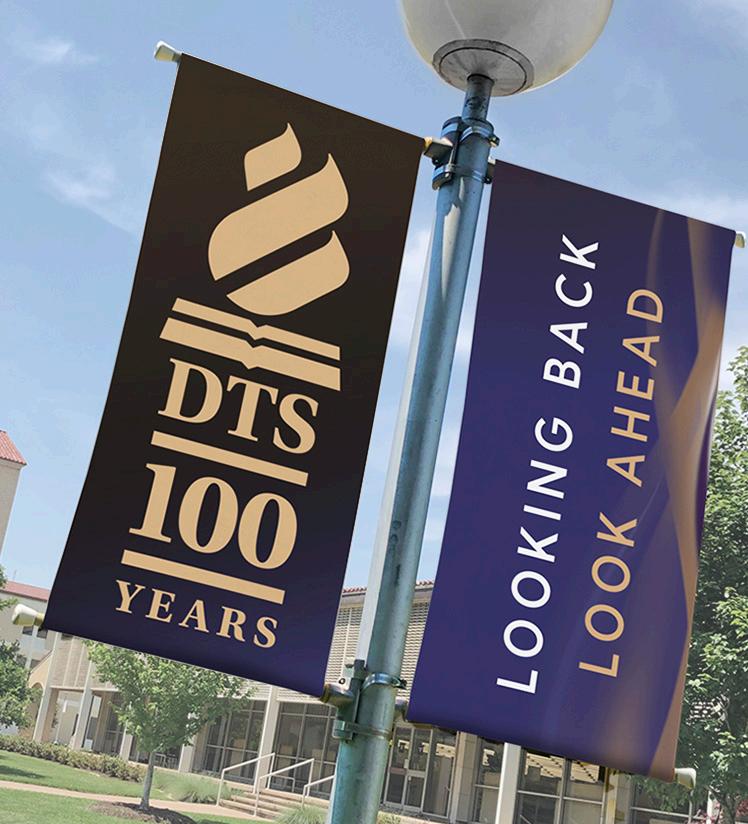
A REBRAND ISN’T JUST ABOUT THE PAST–IT INSPIRES THE FUTURE.
We provided DTS with a robust brand toolkit that was the perfect combination of a reflection of their history and a launch into their future. Then we leveraged the refreshed brand elements to design a secondary 100thanniversary mark as a natural brand extension.
Ultimately, DTS’ goal was to celebrate and honor their last 100 years and tell their audience and community that they’re still going strong.
A rebrand from BIG was just what they needed.


IT’S NOT HARD TO BUILD A CASE FOR TAKING ANOTHER LOOK AT YOUR BRAND.

So why not try it out? Review what you’ve got. Determine what needs an adjustment and refresh it to meet your current needs and the market. Remind yourself—and your audience— what makes you special. And through it all, have a partner that can guide you every step of the way.
Give us a call and let’s get your rebrand started.
